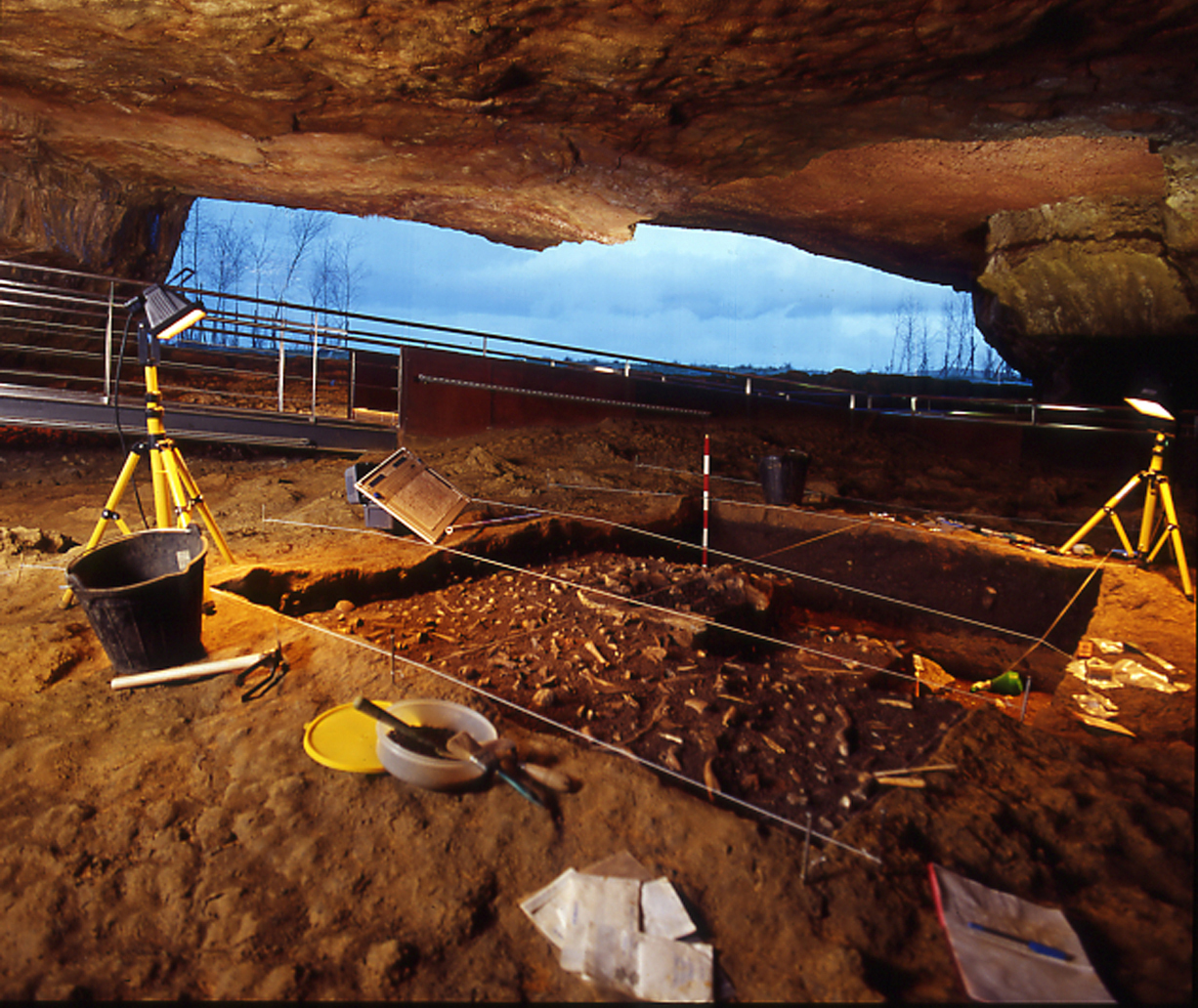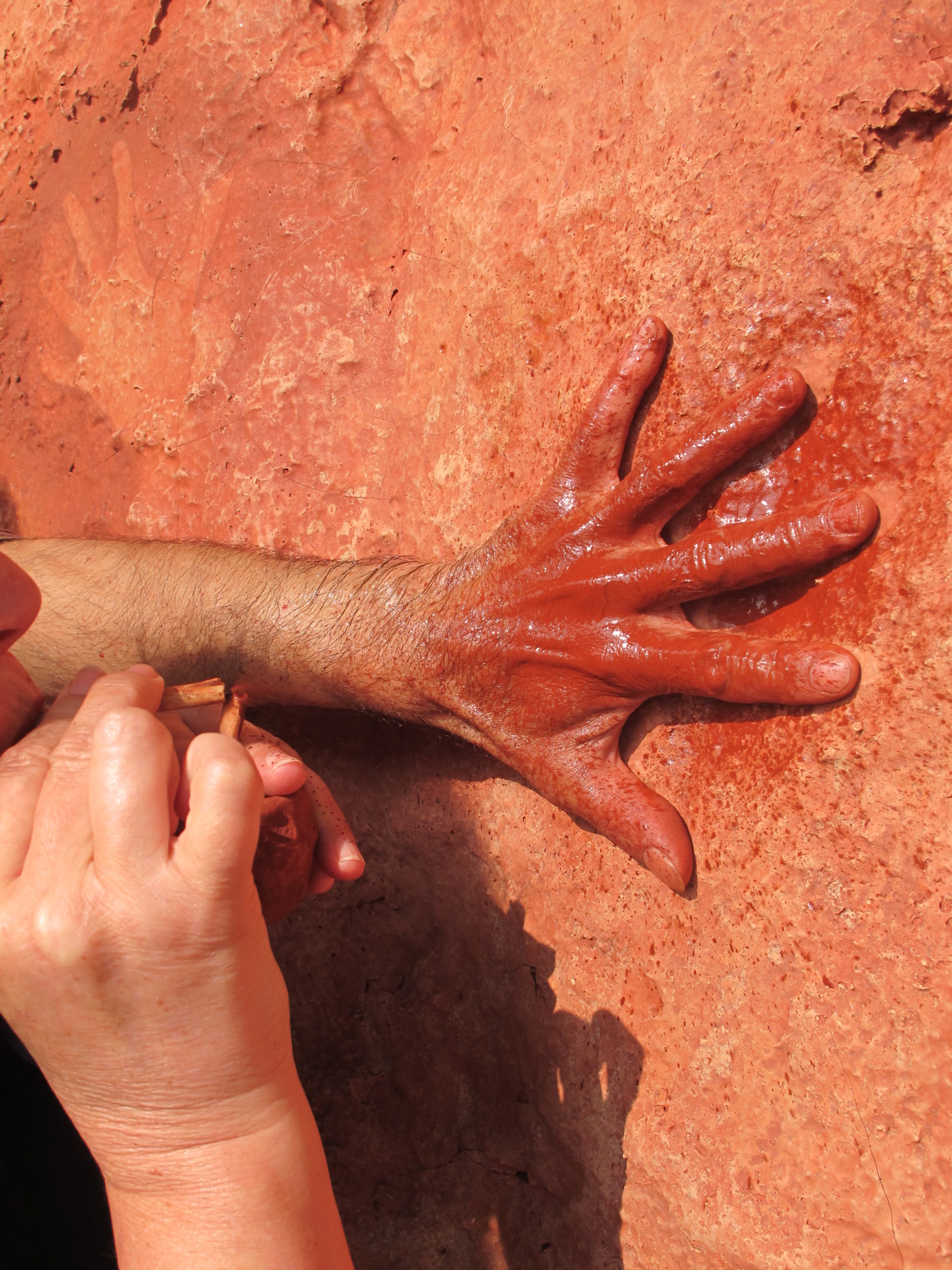Chronologie des représentations rupestres: Gravettien, Solutréen et Magdalénien
Description générale de la destination: La grotte d’Altamira figure parmi les exemples les plus spectaculaires d’art rupestre paléolithique au monde ; elle est devenue un symbole de l’art pariétal préhistorique grâce à la magnificence de ses œuvres. Pendant plus de 20 000 ans, et il y a 35 000 ans, des communautés de chasseurs-cueilleurs ont peint, gravé et dessiné des figures animales et des motifs abstraits sur les parois et les plafonds de la grotte. Parmi eux, le plafond polychrome orné d’un bison peint est particulièrement remarquable. Il y a 13 000 ans, la grande entrée de la grotte s’est effondrée, la condamnant à rester inaccessible jusqu’à sa redécouverte en 1879, au XIXe siècle. Ce fut le premier site où l’art rupestre paléolithique fut identifié. Son découvreur, Marcelino Sanz de Sautuola, en reconnut immédiatement la valeur scientifique et artistique.
Le musée comprend tous les espaces publics et semi-publics nécessaires à un musée moderne. Les espaces publics incluent un accueil, l’espace d’exposition permanente, une salle de conférence, des ateliers pédagogiques, un restaurant et une boutique. Les espaces semi-publics comprennent une bibliothèque et des archives, tandis que les espaces privés abritent un laboratoire de conservation et de restauration ainsi que la réserve des collections. Le musée dispose d’un parking gratuit et surveillé pour voitures et autocars. Le bâtiment du musée, conçu par le prestigieux architecte Juan Navarro Baldeweg, est entouré d’un parc de 160 000 mètres carrés.
Altamira se situe dans le nord de l’Espagne, en Cantabrie, près de Santillana del Mar, sur la branche nord du chemin de Saint-Jacques-de-Compostelle. Cette magnifique cité médiévale, avec ses palais et ses tours, est l’une des destinations touristiques les plus prisées de Cantabrie. Le musée se trouve au cœur de l’une des plus importantes concentrations d’art rupestre paléolithique d’Europe : la côte cantabrique. La Cantabrie possède également de nombreux monuments et un riche patrimoine culturel ; elle est réputée pour la diversité de ses paysages et son excellente gastronomie.
Histoire du site: La grotte fut découverte vers 1872 par Modesto Cubillas. Elle fut étudiée par Marcelino Sanz de Sautuola qui, accompagné de sa fille Maria, découvrit les peintures en 1879. Depuis, elle a fait l’objet de plusieurs études et fouilles, les plus importantes étant celles d’Alcalde del Río en 1902 et de H. Obermaier en 1925. L’étude la plus complète de la grotte fut publiée par H. Breuil et H. Obermaier en 1935. Le musée d’Altamira a récemment entrepris plusieurs projets de recherche visant à actualiser les connaissances scientifiques sur les occupations paléolithiques de la grotte et les problématiques liées à sa conservation.
Description des ressources du musée: Le Musée national et Centre de recherche d’Altamira est l’institution dédiée à la recherche, à la conservation et à la diffusion du patrimoine de la grotte d’Altamira, site inscrit au patrimoine mondial et géré par le musée. L’exposition permanente du musée explore l’histoire d’Altamira et se divise en deux espaces principaux : les galeries consacrées à l’art et à la culture des groupes de chasseurs-cueilleurs du Paléolithique supérieur, et la Néocave, où les visiteurs peuvent découvrir la grotte d’Altamira telle qu’elle était il y a 15 000 ans. L’offre proposée aux visiteurs pour approfondir leurs connaissances sur Altamira est complétée par des activités culturelles, notamment des visites guidées (plus de 30 par jour), des ateliers de préhistoire et d’art, ainsi que des expositions temporaires portant non seulement sur la préhistoire, mais aussi sur de nouveaux aspects du patrimoine, établissant par exemple des liens entre l’art rupestre et l’art contemporain.

















